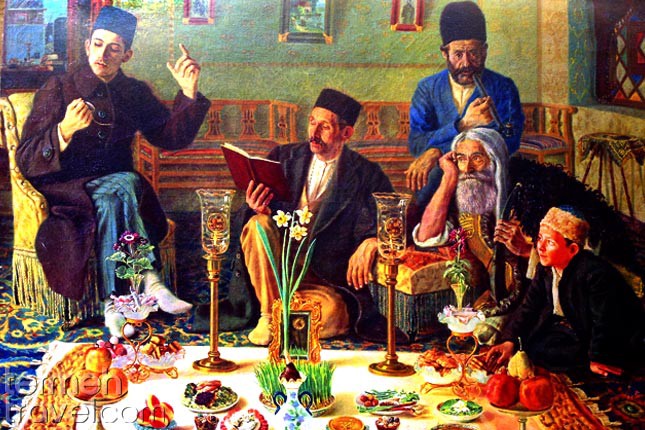Navroz, also called Navriz, Novruz, Nooruz, Nevruz, and Nauryz, is a Persian word where ‘Nav’ means New and ‘Roz’ means ‘day’. Hence, Navroz signifies a new day. Navroz is the Iranian New Year celebrated by the ethnic Iranian people.
First Day of the Spring
“Navroz marks the first day of spring and is celebrated on the day of
History of Navroz

Navroz is a 3,000-year-old Zoroastrian tradition, a ritual celebration that signals the start of Spring and the Persian new year. In more modern times, in A.D. 1079, a king of Iran named Jalaluddin Malekshah started observing it on March 21.
How It Came to India?
In the 18th century, a rich tradesman from Surat, Nusservanji Kohyaji, who often traveled to Iran, came to know about Navroz and began celebrating the day back home; that brought the festival to India. In the 19th century, another Parsi, Merwanji Panday, started celebrating the day in Bombay after his wife who was from Iran told him about it. Over a period of time, the festival was introduced in India on a wide scale by members of the Parsi community who eventually connected it to Jamshed, the illustrious king of Iran. Thus, the day came to be known as Jamshedi Navroz.
Must Read-The Fire Temple of Secunderabad
When is Navroz Celebrated?
Navroz marks the first day of the first month, called Farvardin, of the Iranian calendar. This date mostly falls in March and is usually celebrated on March 21. However, the date can shift either a day ahead or behind based on the movement of the sun and planets. This year, it falls on March 20.
Significance of Navroz
Navroz holds great significance in the Iranian community. It is marked as the day King Jamshid was crowned as the King of Persia.
The day of Tahmuras is Yima Khshaeta (later called Jamshid) is generally considered as the beginning of the New Year among Iranian people.
Celebration of Navroz
Since it is the celebration of a new year, people purchase new clothes and visit family and friends on this day. It is usually celebrated in the evening by performing certain rituals such as jumping over bonfires and lighting firecrackers.
The celebrations also include family coming around the Haft sin table and await the moment of March equinox. Haft seen, also called Haft-seen, is an arrangement of seven foods whose name starts with the letter sin.
[video_ads]
[video_ads2]
You can send your stories/happenings here:info@religionworld.in









